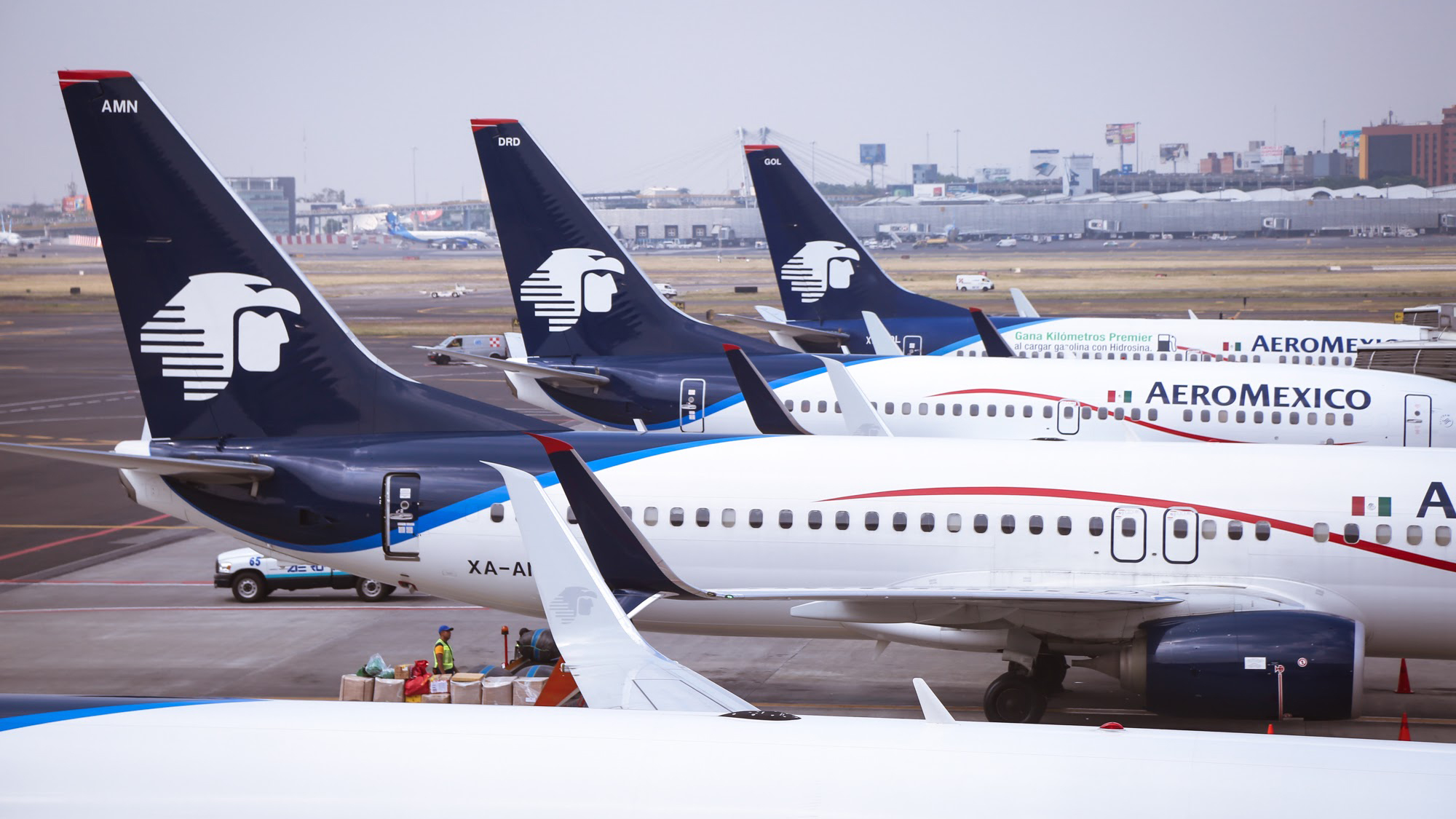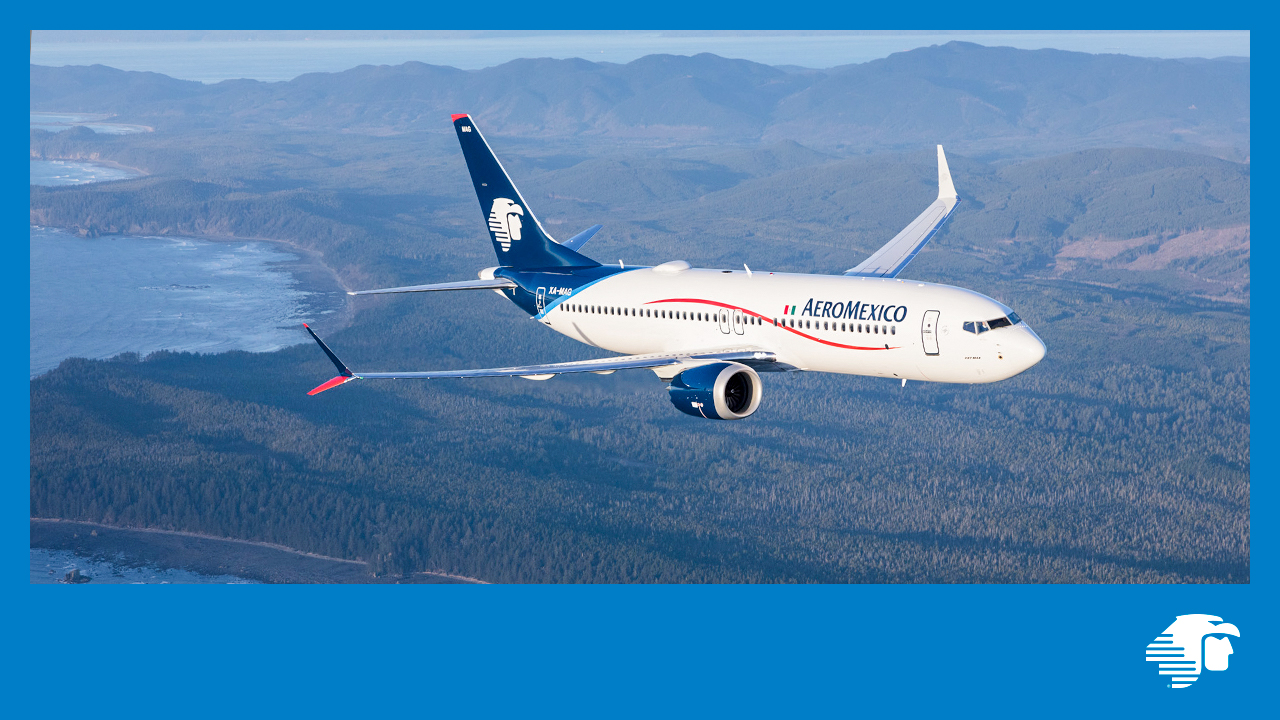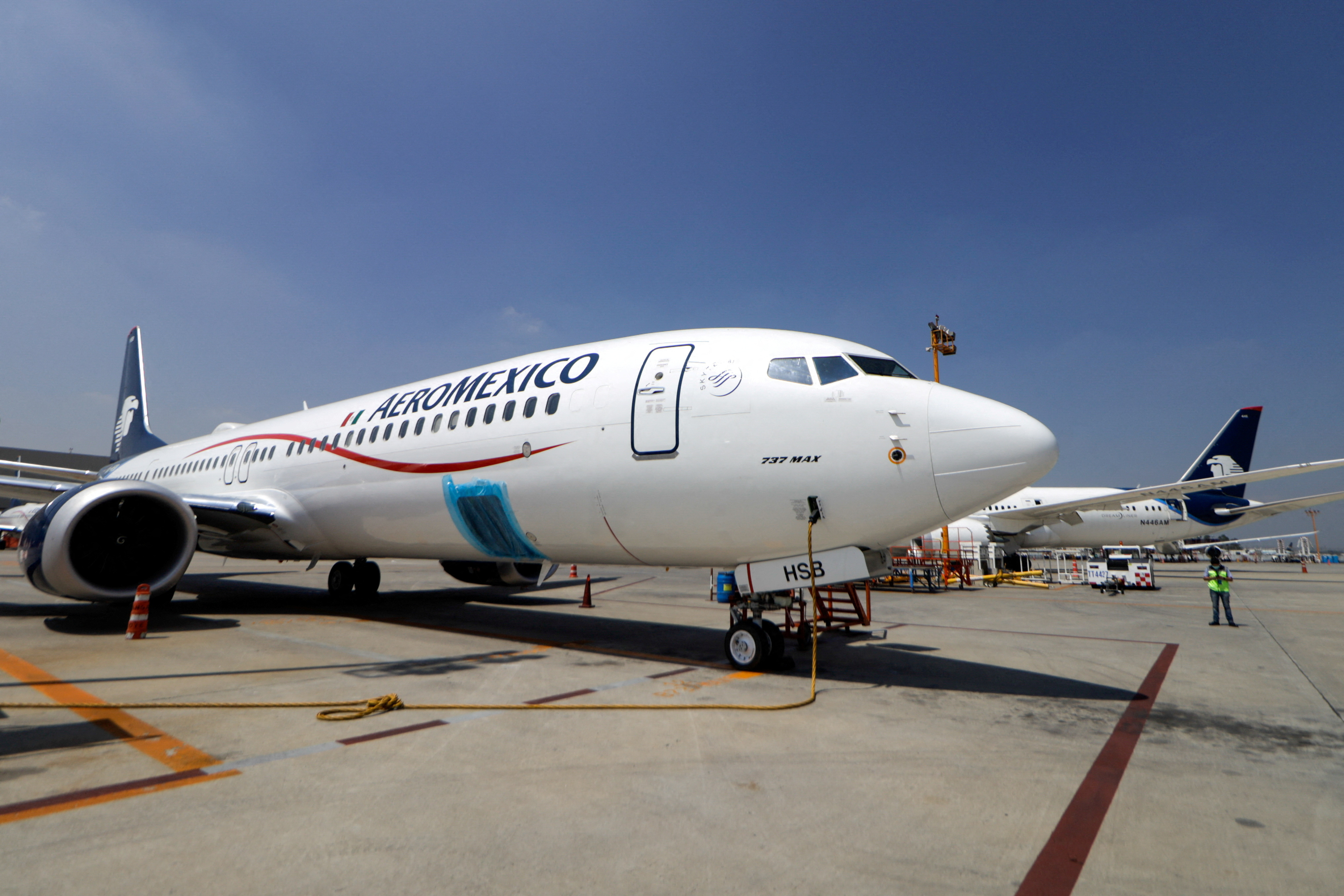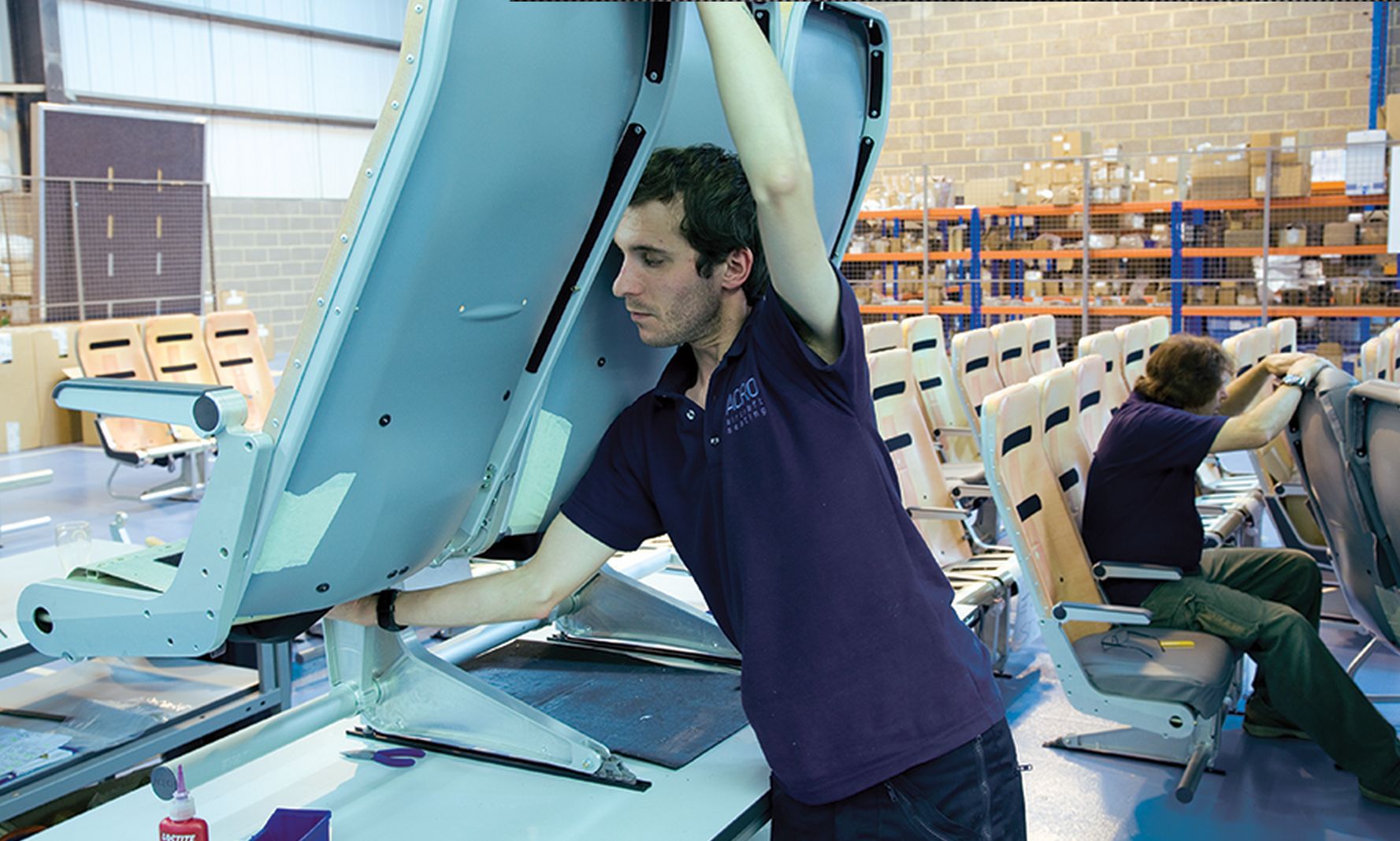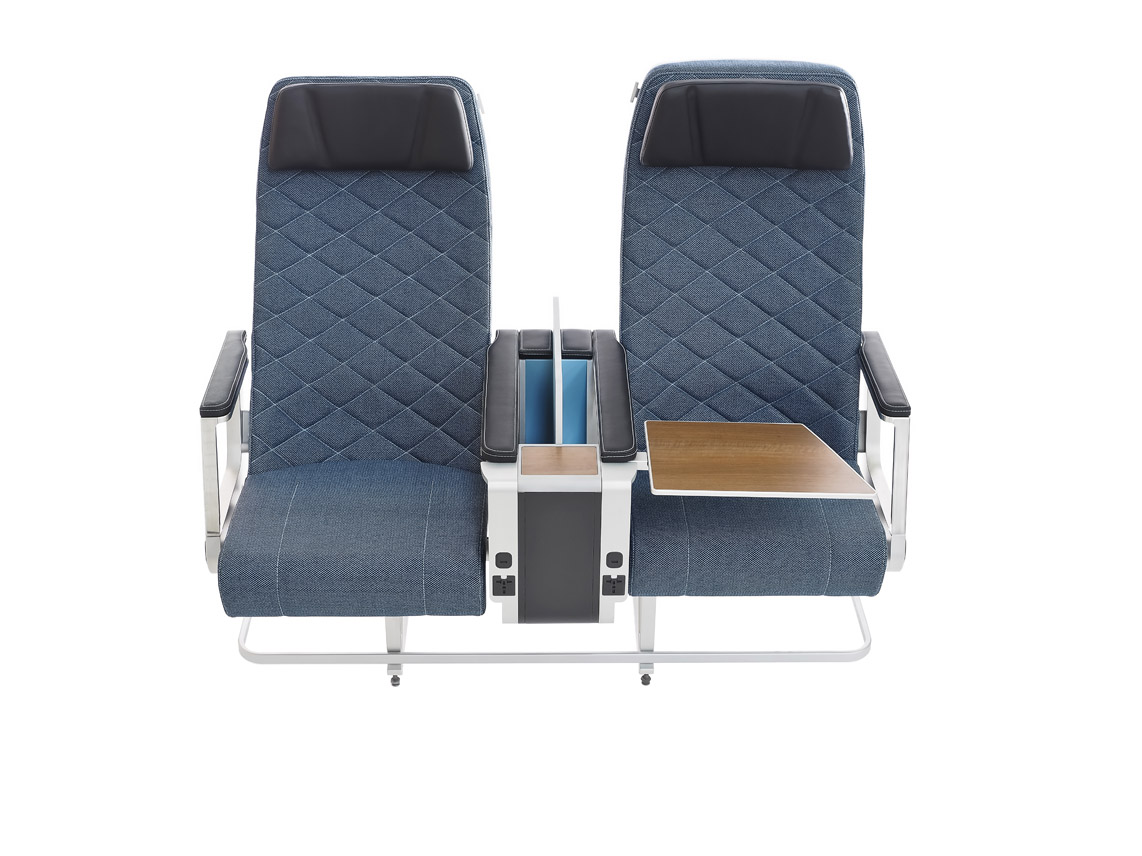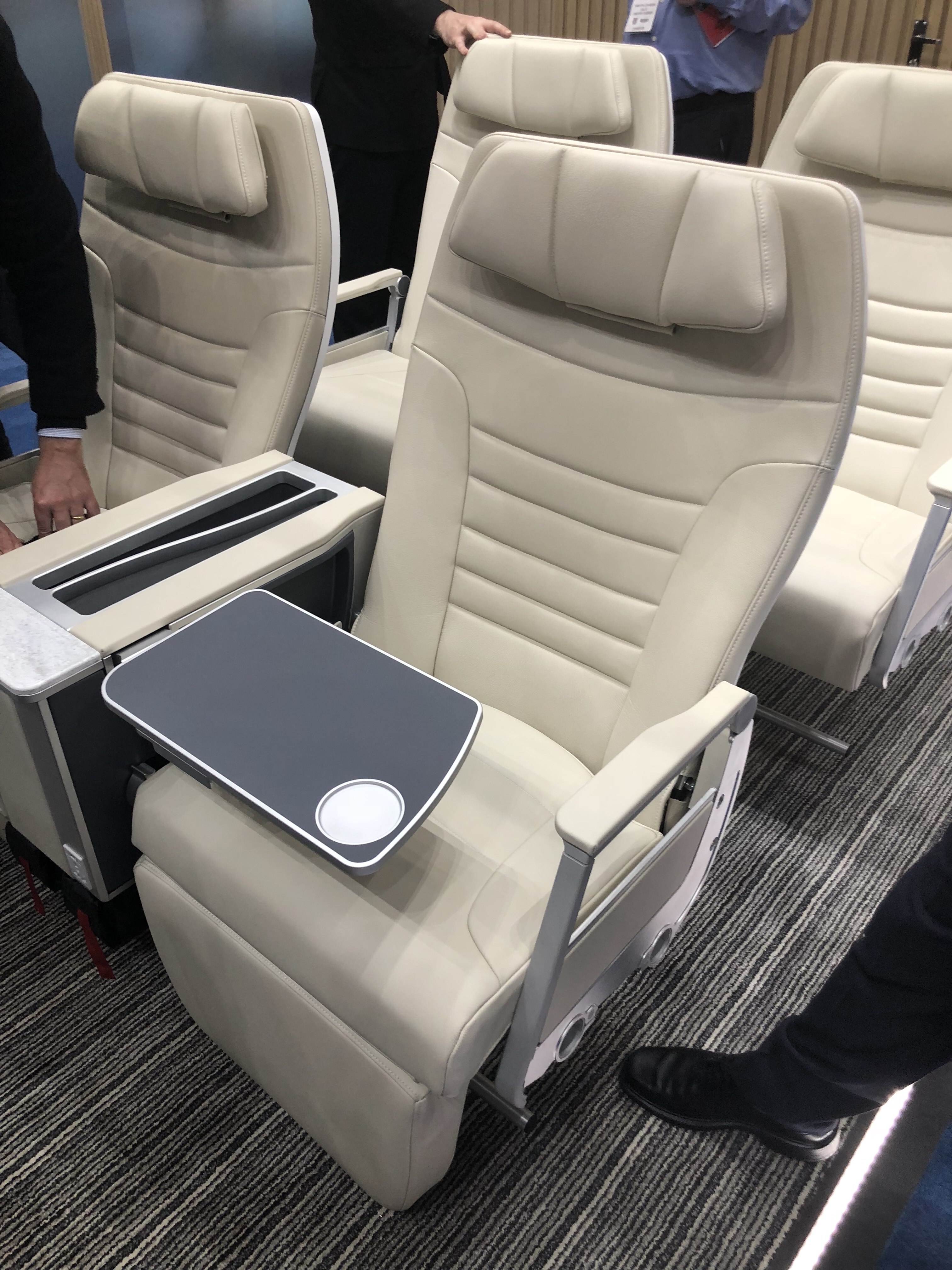Aileron Of An Aircraft - With a background in publishing and digital media, Gaurav likes to combine his love for aviation with his fondness for storytelling. He's a keen observer of ever-changing aviation trends around the world and particularly in India.
Gaurav also keeps a close eye on the fleet development of all major carriers and their subsequent impact on regional and international routes. Based in New Delhi, India. aileron, movable part of an airplane wing that is controlled by the pilot and allows him to roll the aircraft around its longitudinal axis.
Aileron Of An Aircraft

Ailerons are thus used primarily to bank the aircraft for turning. Ailerons have taken different forms over the years but are usually part of the wing's trailing edge, near the tip. Their efficiency in lateral control made the Wright brothers' system of wing warping obsolete.
How Ailerons Work
When the aileron on the right is raised and the left aileron is lowered. This creates a disruption to the airflow, which leads to an increase in the downforce and a decrease in lift on the right wing, and an increase in lift on the left wing.
As a result, the aircraft will rotate around its roll axis, and the path of its flight will curve. This is what we know as a banked turn. The horizontal stabilizers at the rear of the fuselage provide stability and help to keep the aircraft level in flight.
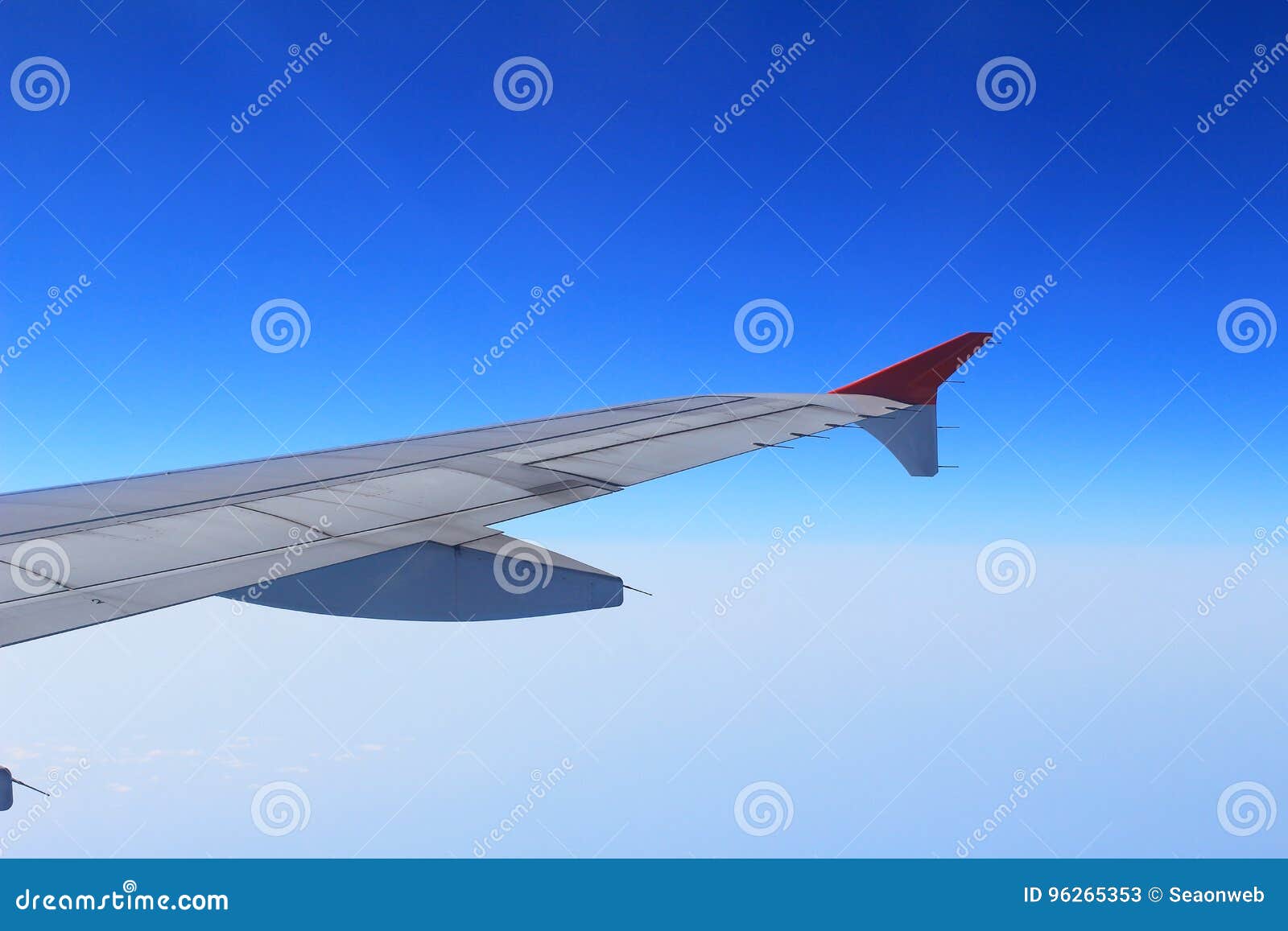
The elevators work in pairs and can be moved up or down to vary the force generated by the surface of the tail. Subsequently, this process controls the pitching motion of the plane. On some larger aircraft, banking is achieved by deploying spoilers that lift from the center of the wing to disrupt or spoil the airflow over the surface.
A spoiler only affects the airflow over one wing producing an unbalanced force with the other wing and causing the plane to roll. But, soon after take-off, the plane began to perform uncontrolled rolls, swaying from side to side.
How Elevators Work
The pilots could not identify the error as there were no warning lights or failure messages. Soon, the situation turned into a full-blown emergency, when the plane performed a steep bank to the left. Ailerons are a primary flight control surface which controls movement about the longitudinal axis of an aircraft.
This movement is referred to as "roll". The ailerons are attached to the outboard trailing edge of each wing and, when a manual or autopilot control input is made, move in opposite directions from one another.

In some large aircraft, two ailerons are mounted on each wing. In this configuration, both ailerons on each wing are active during slow speed flight. However, at higher speed, the outboard aileron is locked and only the inboard or high speed aileron is functional.
One of the major breakthroughs of the Wright brothers was their ability to control roll in their aircraft. The 1903 Wright Flyer didn't have ailerons, so roll control was provided by a unique idea they called wing warping.
Did You Know
Wilbur hit upon this idea while twisting a cardboard box from a bicycle inner tube as he chatted with a customer in the brothers' shop. The tips of the wings were twisted (warped) like the box by a series of pulleys and cables.
At the rear of the aircraft, the small wings are called the horizontal stabilizers. The elevators are the hinged flaps located on the trailing edge of the stabilizers. They work together to either raise or lower the tail of the plane.

This results in the nose pointing down or up, respectively, and enabling the aircraft to climb or descend. This is known as pitch. The pilot operates the elevators by moving the control column forwards or backwards.
The ailerons are horizontal flaps located near the outer end of an aircraft's wings and are used to bank the plane to facilitate a turn. The left and right ailerons usually work in opposition to each other.
What Are Elevators?
So, when the right aileron is raised, the left is lowered, and vice versa. Moving the flight deck control wheel or control stick to the right results in the aileron mounted on the right wing to deflect upwards while, at the same time, the aileron on the left wing deflects downward.
The upward deflection of the right aileron reduces the camber of the wing resulting in decreased lift on the right wing. Conversely, the downward deflection of the left aileron results in an increase in camber and a corresponding increase in lift on the left wing.
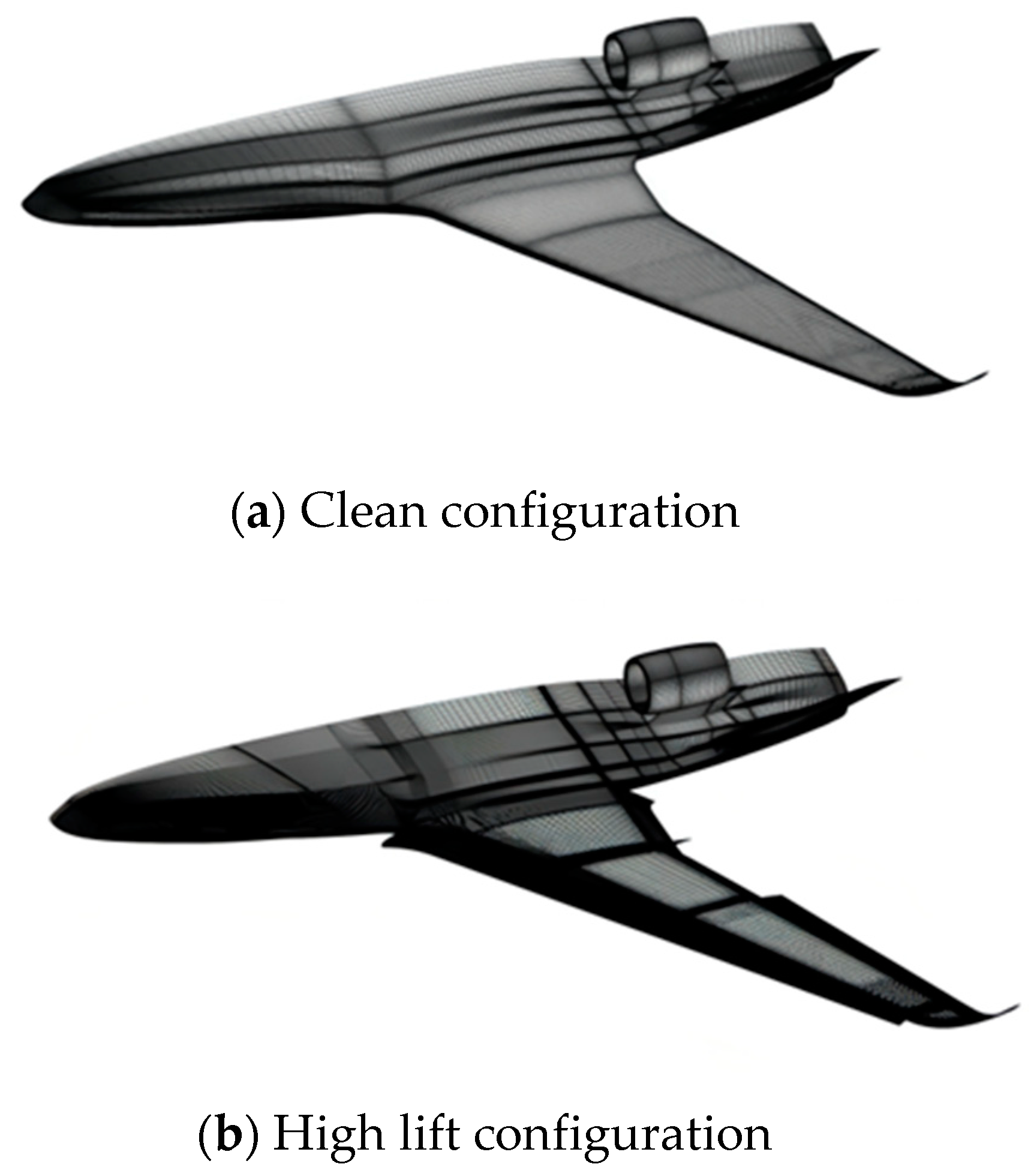
The differential lift between the wings results in the aircraft rolling to the right. On some aircraft, ailerons are augmented by roll spoilers mounted on the upper surface of the wing. Stability and control are much more complex for an airplane, which can move freely in three dimensions, than for cars or boats, which only move in two.
A change in any one of the three types of motion affects the other two. Elevator: The elevator is the small moving section on the trailing edge of the horizontal tail surface that controls pitch. Moving the elevator up decreases the amount of lift generated by the horizontal tail surface and pitches the nose up, causing the airplane to climb.
What Are Ailerons?
Moving the elevator down increases the amount of lift generated by the horizontal tail surface and pitches the nose down, causing the airplane to dive. In the functional example above, the increase in camber of the left wing results in an increase in lift but this, in turn, also causes an increase in drag.
This added drag causes the wing to slow down slightly resulting in rotation, referred to as yaw, around the vertical axis. To overcome this yaw and thereby maintain coordinated flight, rudder input is required while entering and exiting a turn.
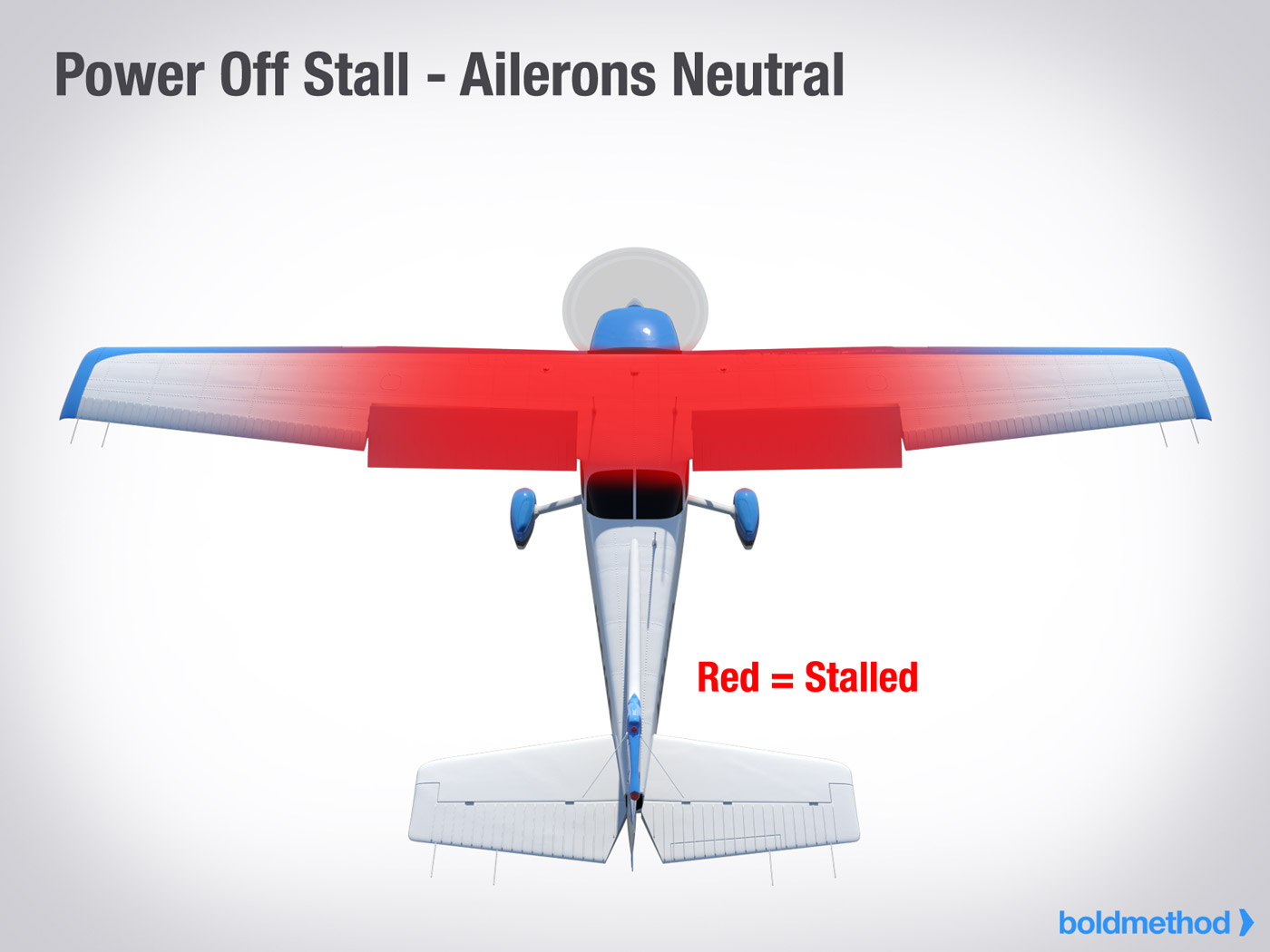
To minimize the amount of adverse yaw produced during a turn, engineers have developed various aerodynamic and mechanical solutions including differential ailerons and coupled ailerons and rudder. Operating the ailerons results in one wing generating more lift than the other, which creates a rolling motion allowing the plane to bank to the right or left.
Depending on the type of aircraft, they are operated by the pilot moving the stick to the left or right or turning the wheel. You've probably heard of ailerons and elevators in relation to aircraft and, if you've had a view of the wings during a flight, you'll undoubtedly have seen the ailerons in action.
How Is Controlling An Airplane Different Than Controlling A Car Or Boat?
They are among a number of control surfaces that are used to maneuver an airplane in flight by altering the airflow over the wings, stabilizers, and tail. Flaps are located on the trailing edge of each wing, usually between the fuselage and the ailerons, and extend downward (and often outward) from the wing when put into use.
The purpose of the flaps is to generate more lift at slower airsp ... more
what are ailerons used for, aileron definition, aileron on a plane, ailerons and flaps, aircraft ailerons purpose, types of ailerons, how ailerons work, rc airplane aileron setup
